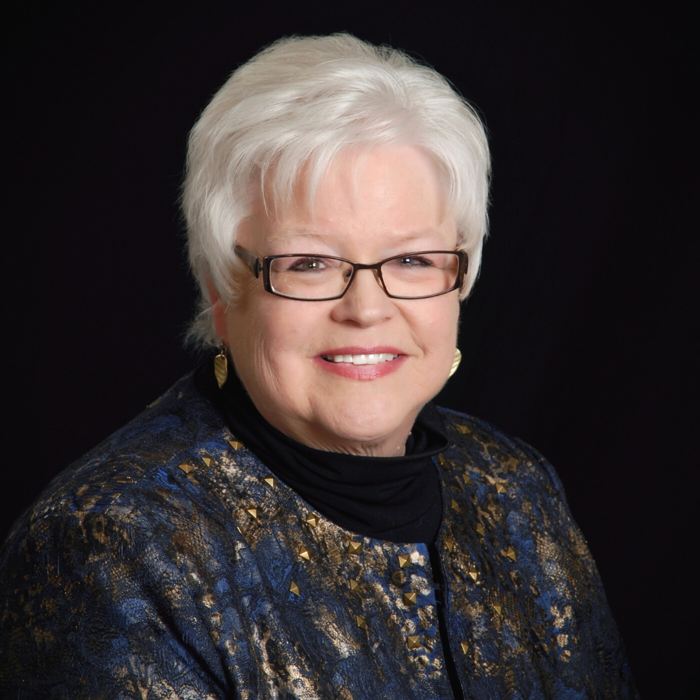The Nature Of Empathy And Its Relevance For Voice Work
Thursday 10th June 2021, 5:00 PM - 7:00 PM (London Time)
How do we sense, understand, and respond to other people’s feelings? What neurobiological, situational, and sociopolitical influences modify these reactions? In the pandemic era, how have online interactions and social distance modified our capacities for empathy? Can empathy be trained; can it go too far; and does it always lead to helpful action? This presentation will combine research from animal studies, neurology, and social psychology, plus real-life examples, leading to suggestions for effective teaching and impactful artistry.
DEFINITIONS: WHAT IS EMPATHY?
Terminological problems
Three recognized components: Somatic; Cognitive; Action-oriented
SOMATIC OR EMBODIED EMPATHY
Neurobiological mirroring of others’ feeling-state
- Influence of sensitivity to own feeling-state
- Influence of kinship and close social bonds
- Relevance of boundaries: whose feelings are whose?
COGNITIVE EMPATHY
Thinking about, imagining, or mentally assuming how someone else feels
- Influence of group affiliation, moral judgment, and cognitive bias
- Importance of active listening and verbal confirmation
COMPASSIONATE ACTION
The choice to relieve others’ distress, or to withdraw
- The difference between caring and making a difference
- How the arts may inspire action—or not
THE TRAINABILITY OF EMPATHY
- Subjective, experiential training
- Objective, formal training
- How compassionate action can feed-back into feelings
- How screens (virtual world) help or hurt
IMPLICATIONS FOR THE ARTS AND ARTS TEACHERS
- Empathy enhances learning
- Empathy touches audiences
- The importance of self-care
- The importance of community
- Life after lockdown: empathy at home, in classrooms, and in the wider world
Joanna Cazden
Joanna Cazden, MFA, MS-CCC is a speech pathologist specializing in vocal arts rehabilitation, now in private practice after 18 years as senior voice clinician...
Sorry, this is an archived short course...
We have plenty of upcoming short courses coming soon. See details of some of them below or look at the full list of short courses.

Monday 12th January 2026
12:00 PM - 1:30 PM
Tuesday 13th January 2026
12:00 PM - 1:30 PM
Wednesday 14th January 2026
12:00 PM - 1:30 PM
Thursday 15th January 2026
12:00 PM - 1:30 PM
Tuesday 20th January 2026
12:00 PM - 1:30 PM
Wednesday 21st January 2026
12:00 PM - 1:30 PM
(London Time)
Level One Certificate in Accents and Phonetics

Louisa Morgan
Are you a voice, acting, or singing coach looking to expand your expertise and add accents and phonetics to your teaching repertoire? This 6-session course covers essential topics such as articulatory, acoustic, and auditory phonetics, the International Phonetic Alphabet (IPA), and ethical approaches to accent and dialect coaching. By the end of this course, you'll be equipped with the knowledge and practical skills to start to bring phonetics and accent coaching into your coaching and provide more comprehensive support to your clients.


Monday 12th January 2026
2:00 PM - 4:00 PM
(London Time)
Emerging and Developing Voice: Singing and Speech

Karen Brunssen
How does the singing voice influence the speaking voice? How does the speaking voice influence the singing voice? When is there a disparate relationship between the two? Can they help each other? Can one harm the other? How can we use them positively in the voice studio. During this short course we will consider the voice as we sing and as we speak. The acquisition of language is a very interesting journey from birth through old age. We will broach the topics of “lexical” which refers to learning words, and “semantic” which is how we use words in the context of language.


Monday 12th January 2026
5:00 PM - 7:00 PM
(London Time)
Perfectionism: A Theoretical & Clinical Overview

Dr David Juncos
What exactly is meant when we label ourselves or someone we know a perfectionist? It is a good to be this way? Or are you setting yourself up for failure? Can a performance psychologist or a other performance-related practitioner help you if you’re a perfectionist? In this short course, you will learn how perfectionism is defined according to popular models in clinical psychology, and whether it is maladaptive or adaptive. You will also learn how perfectionism impacts on music performance anxiety, in addition to other areas of importance for performing musicians, like work-related stress and burnout, and procrastination with one’s practice.
